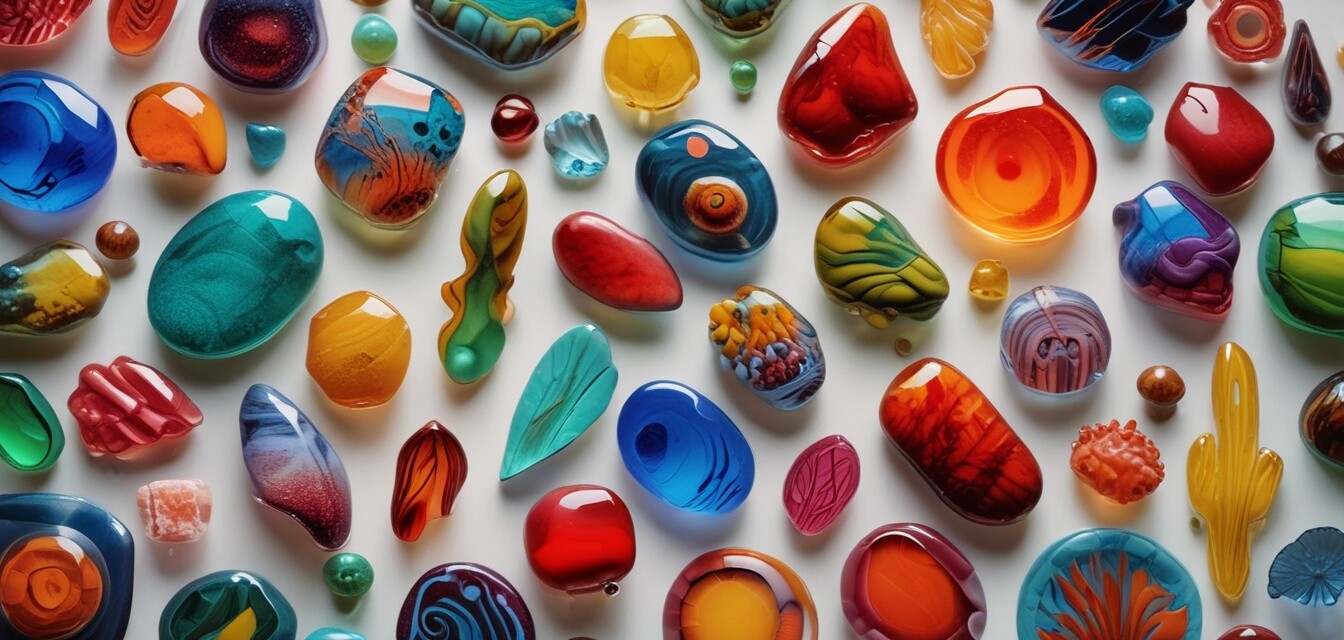
Understanding Kiln Temperatures: What Every Artist Should Know
Key Takeaways
- Different glass art processes require specific temperature ranges.
- Understanding how to control kiln temperatures is crucial for achieving desired results.
- Experimenting within recommended guidelines can lead to unique and beautiful outcomes.
- Always consider the type of glass you’re using when setting kiln temperatures.
- Utilizing reliable kiln accessories can improve efficiency and safety.
Kilns are essential tools for any glass artist, playing a pivotal role in the fusing, slumping, and casting processes. Understanding the different temperature settings and how they affect your glass pieces can dramatically enhance your creative projects. In this article, we'll explore the essential temperature ranges for various processes, tips for achieving optimal results, and the necessary equipment to help you maximize your kiln experience.
Importance of kiln temperatures in glass art
Temperature control is one of the most critical elements of glass making. Properly understanding kiln temperatures can lead to stunning results or, conversely, unwanted damages if mishandled. Here are the main processes in glass art and their respective temperature settings:
| Glass Process | Temperature Range (°F) | Description |
|---|---|---|
| Fusing | 1,300 - 1,500 | Melting two or more glass pieces together to create a single piece. |
| Slumping | 1,200 - 1,400 | Shaping glass into molds to create specific forms. |
| Casting | 1,600 - 2,000 | Melting glass into a mold for intricate design creation. |
| Annealing | 1,000 - 1,250 | Gradual cooling of glass to relieve internal stresses. |
Understanding Temperature Zones
Kilns typically have several temperature zones that affect how heat is distributed. Understanding how these zones work will help you predict how your glass will react. Generally, these zones can be understood in three main categories:
- Heating Zone: The initial phase where the temperature rises rapidly to the desired level.
- Soaking Zone: The phase where the glass is held at a consistent temperature to allow for melting or shaping.
- Cooling Zone: The phase where the kiln gradually decreases the temperature to avoid thermal shock.
Tips for Achieving Optimal Results
Beginners Section
- Always refer to manufacturer guidelines for specific temperature recommendations related to the type of glass you are using.
- Consider investing in a reliable kiln thermometer to ensure accurate readings.
- Keep a temperature log to help you track successful and unsuccessful firings for future reference.
- Experiment with different glass samples to understand how heat affects their characteristics.
- Join a local glass-making community or find online forums for shared advice and experiences.
Common Mistakes and How to Avoid Them
Starting out in glass making can be overwhelming, and many common mistakes are easy to make. Be mindful of the following:
- Skipping the Test Firing: Always perform test firings, especially when using new techniques or materials.
- Incorrect Placement of Glass: Ensure glass does not touch the kiln's walls or other pieces unless intended.
- Ignoring Manufacturer Instructions: Each kiln and type of glass has specific recommendations that should not be overlooked.
Essential Kiln Accessories
To ensure efficiency and safety while using your kiln, consider the following essential accessories:
- Kiln Shelves: Provides a stable surface for glass placement.
- Firing Paper: Protects kiln shelves and allows for cleaner firings.
- Glass Cutters: Essential for shaping your glass before firing.
- Safety Gear: Always wear protective gear, including gloves and goggles.
Pros
- Allows for creativity and expression through unique glass art.
- Understanding temperatures leads to professional-level pieces.
- Kilns are versatile tools that can be used with various techniques.
- Enhances knowledge of material science related to glass.
Cons
- Can be expensive, requiring a financial investment in quality kilns and accessories.
- Requires learning and attention to detail for successful outcomes.
- Improper usage can lead to ruined projects and wasted materials.
- Maintaining consistent temperatures can be challenging.
Explore more about glass kilns
If you're eager to delve deeper into the world of glass kilns, consider exploring our Glass Kilns Blog section for insightful articles and tips.
In summary, understanding kiln temperatures is crucial for every glass artist. By learning about the different temperature settings required for various processes, avoiding common mistakes, and using the right accessories, you can achieve stunning results in your glass art pieces. Happy crafting!

